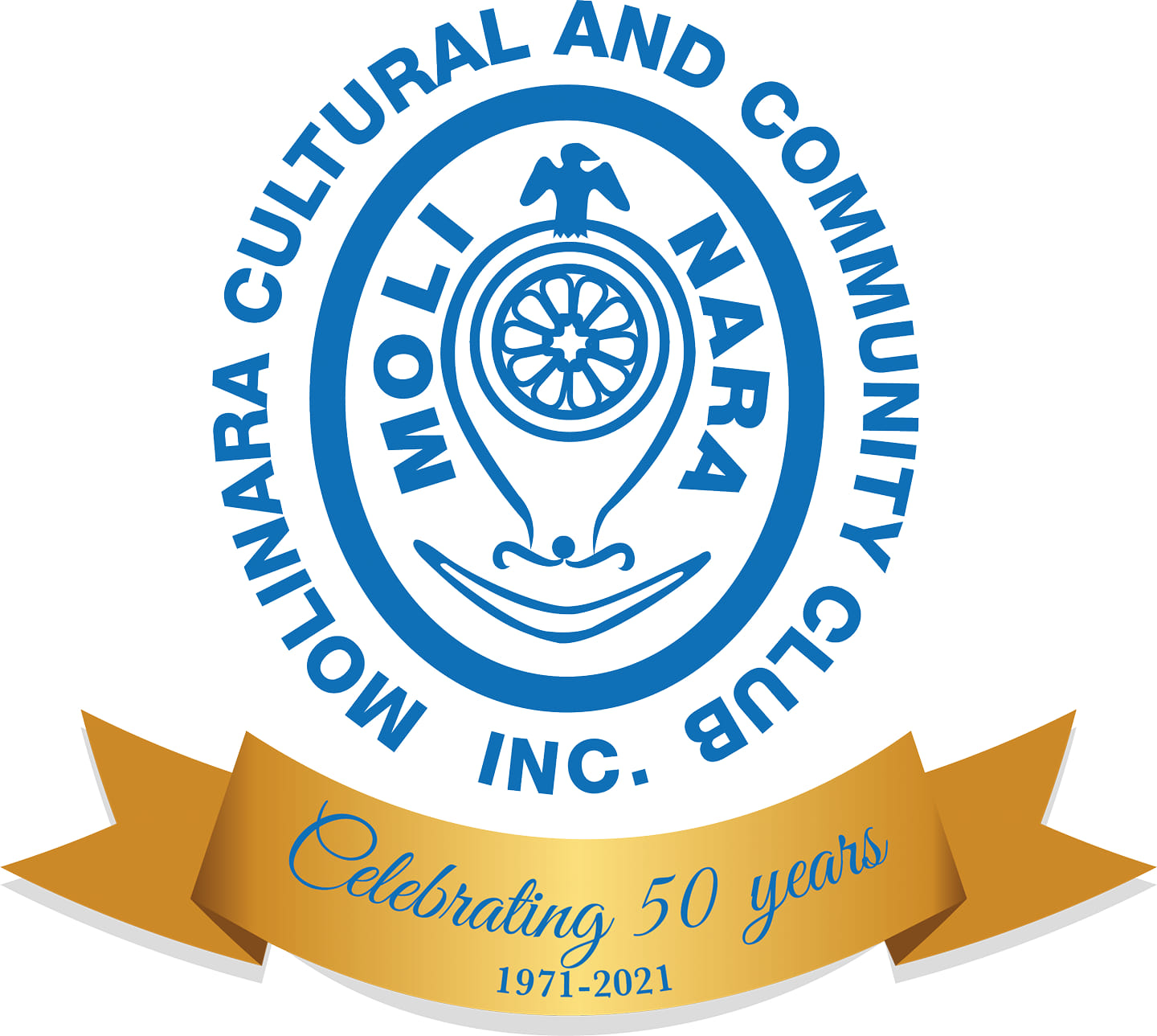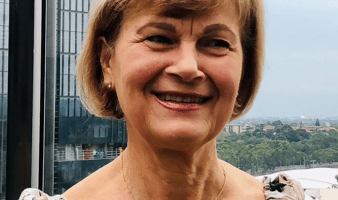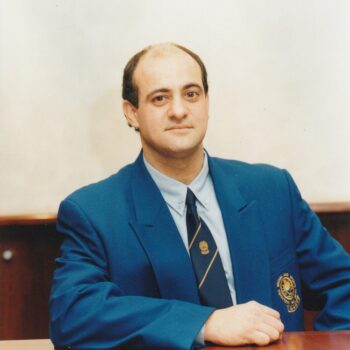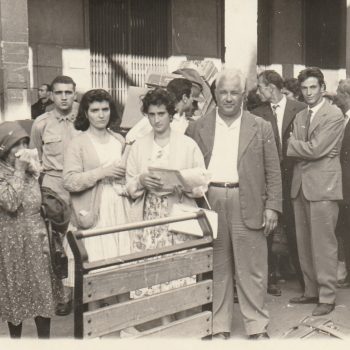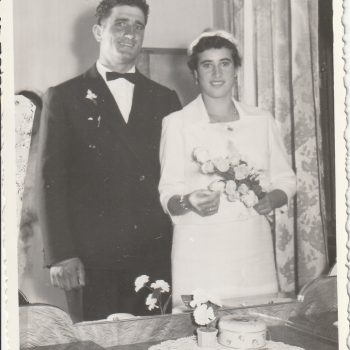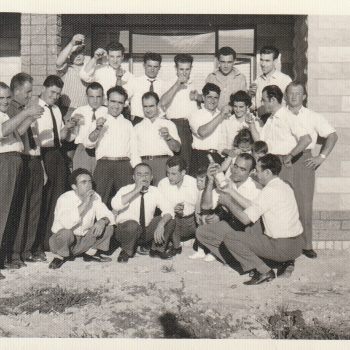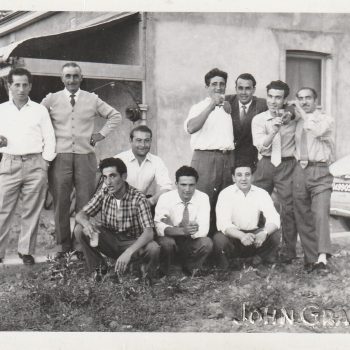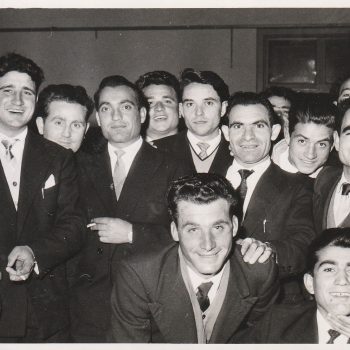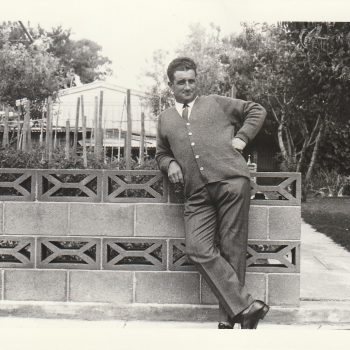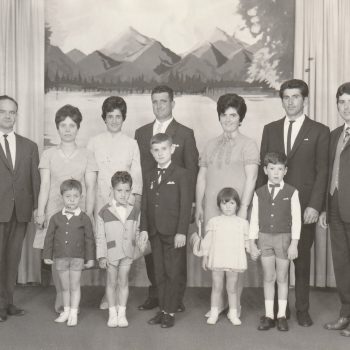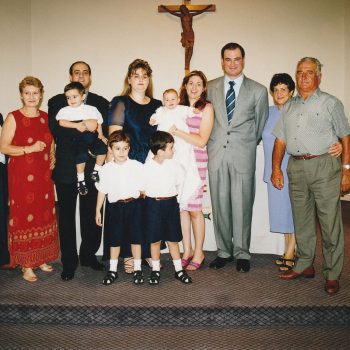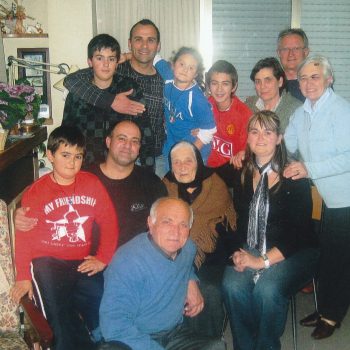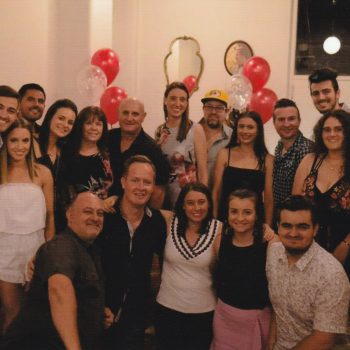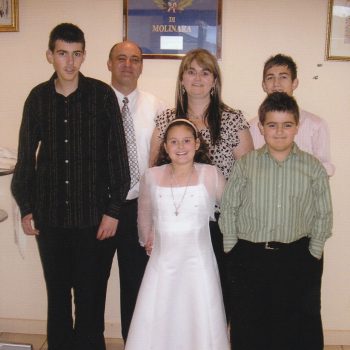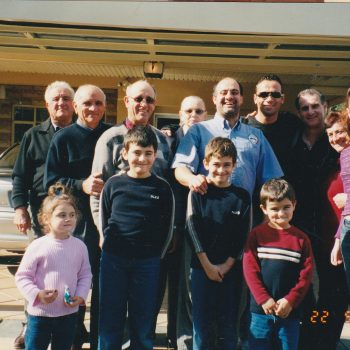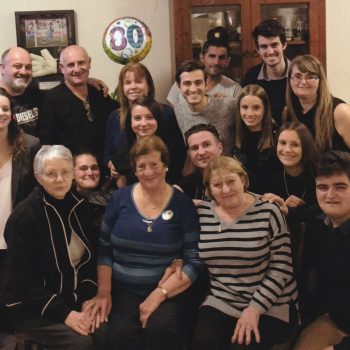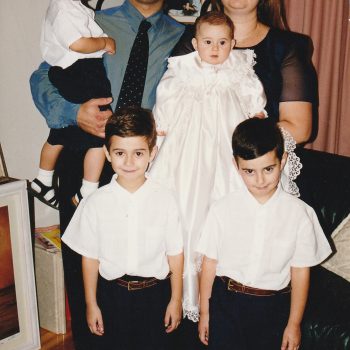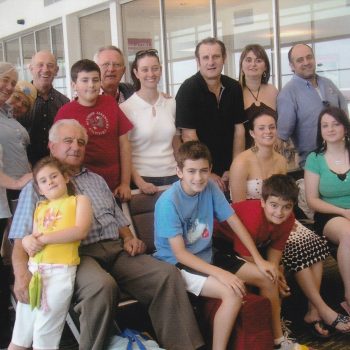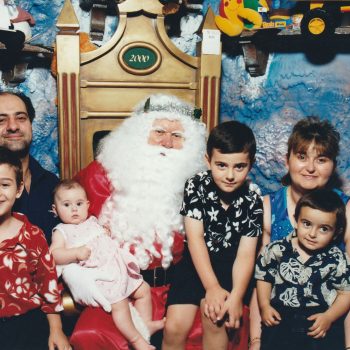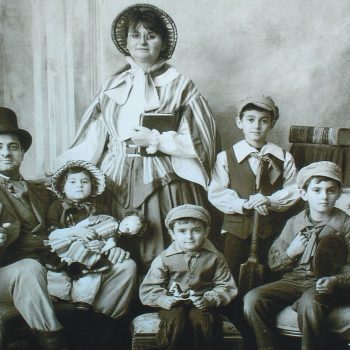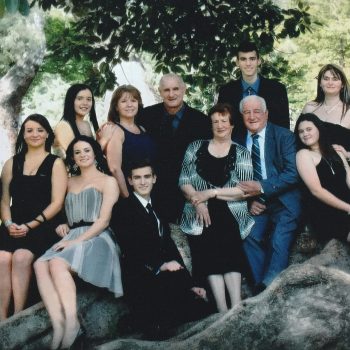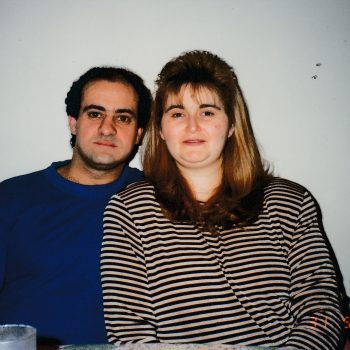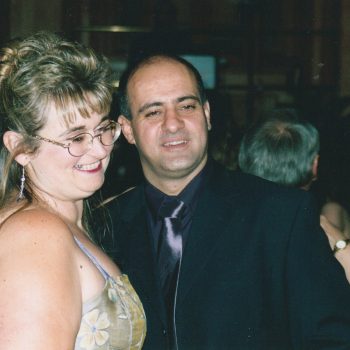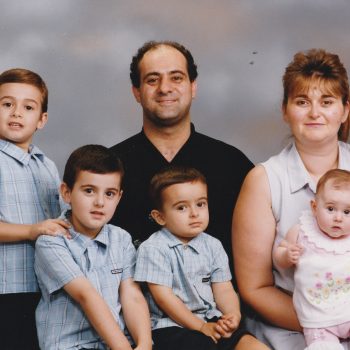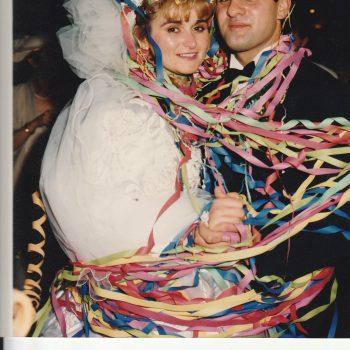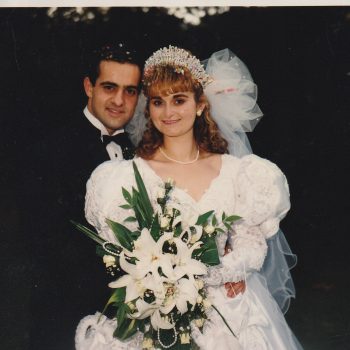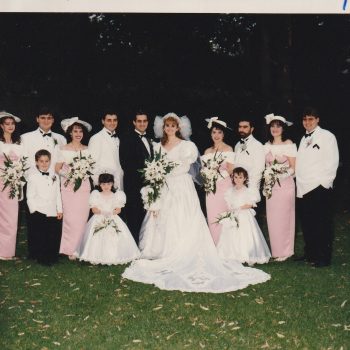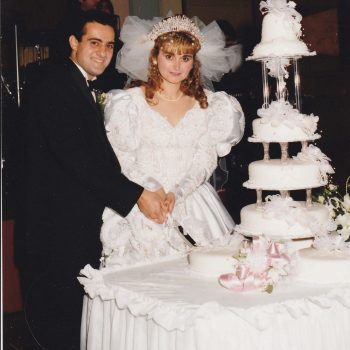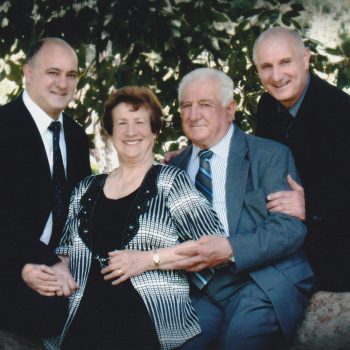Giovanni (John) Girolamo
Born: July 1965, Adelaide
To me, my childhood was quite normal. I had my friends and cousins in the neighbourhood, riding ours bikes with no care in the world. Most of my friends were of Italian heritage, but I had Aussie friends too, simply because they lived close to home.
I didn’t know any better. When school started, it was more of the same. I made new friends – mostly Italian, but Australians too – I didn’t think anything of it, sure our lunches were different but that’s about it.
With High School came the segregation. The Italian kids hung out together and that was that. Since I was close friends with my cousins, I guess I followed suit. I never felt any backlash or tension, but to be frank I was a bit ignorant to it all. Ignorance is bliss as they say. I was happy, and I felt and was proud to be – Italian.
I was about 6 years old when I first went to Italy. Such a long time ago that I don’t remember much, but I look upon photos with fond memories.
When I was a teen, my nonni and zii visited from Italy for my uncle’s wedding. It was there that I bonded with many of my cousins from Italy, which has stood the test of time and has kept us connected.
When I was 21, I travelled to Italy on my own to visit family. This time has some of my most cherished memories. Most of the family still lived in Molinara, and it was wonderful to rekindle the spark with my cousins. I was welcomed with open arms and ended each day with a full belly.
I loved the lifestyle and people so much I visited another 3 times within a few years, and once with my wife and 2 first children; the eldest who celebrated his 2nd birthday in Molinara amongst sunshine and family.
Then in 2008 my entire family and I took a vacation to Italy. We stayed in Molinara itself for 2 weeks. I wanted to use this time together to show my kids their heritage, so they can appreciate and understand the Molinarese lifestyle. They all loved it. They walked the streets and ate the food of Molinara and bonded with family and friends much like I did when I was younger.
I have visited Molinara once more since, another few years later. As is life, things had changed – as many of my cousins had moved on from the small town of Molinara – as my parents did many moons ago. But the soul and spirit of the town remained, and it was wonderful to be there again.
I hope to one day again visit, as it is a place that I hold close to my heart.
My parents, as many Italian migrants did, overcame challenges and worked hard to provide for us in hope of a better life. They always wanted the best for their children. For their family. Their determination is the foundation on which I was able to enjoy my childhood and grow up to try and emulate them. To do the same for our children.
But they were the best at it. To me, that generation was golden. A masterpiece. The bridge between the traditional values of the Italian people, and its focus on family, and the Australian lifestyle.
I grew up at the Molinara Club.
I was there from the beginning, like most of our Paisani, and is a place where many friendships and memories were made. As a teenager, the Molinara Club had a soccer team that I trained and played with. I eventually become president of the Soccer team and held a position on the committee. My dad and mum were almost always at the club. Even in his later years, you could always find Dad at the club playing cards.
As time went by, I lost a bit of connection with the club, and although mum and dad were there, I didn’t go. But through my relationship with the Soccer team, I was always bonded to the Molinara Club.
It kept me close. It kept me honest. It kept me faithful.
So much so, that I become the President of the Molinara Club.
A place that has always been tied to my family; a place that I have looked back on with fondness and admiration; a place that gave a sense of community and home to the Molinarese of Adelaide.
But yet, since I was appointed President, I noticed that we have missed a generation of children. The young adults didn’t think like their parents. They didn’t have to. They didn’t need the Molinara Club to have a sense of belonging, as they were also part of the Australian Way. At least more than our parents.
The younger generation moved on; marriage, careers – things that separated them from the Molinarese way and community. The Molinara Club is not a hub in that respect like it once was.
But, many people – both Molinarese and not – are still proud to be associated with our club and the Molinarese traditions. We must strive to keep the club moving forward, maintaining its values, so that our children, and our children’s children, can still have that sense of belonging to community, and understand the heritage and ways of the Molinarese people. Of where they came from.
I am proud and honoured to be from Molinara, and I have a beautiful wife and family that also feel the same, and I know that they will endeavour to preserve the ideals of the Molinara Club and Molinara way.
The future is ever-bright for our community here in Adelaide.
Viva Italia and Come on Aussie!
